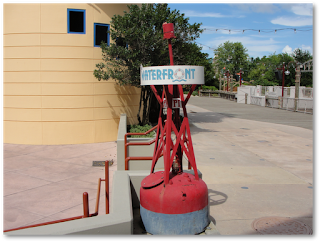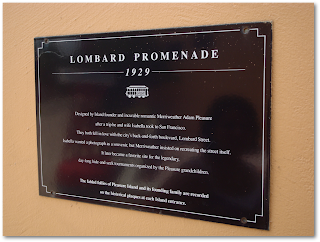A Book Review of Lots to Do in Line: Disneyland by Meredith Lyn Pierce
- Lots To Do In Line: Disneyland by Meredith Lyn Pierce. 2012. 268 pp.
Meredith Lyn Pierce has written a fantastic and handy book to take with you to Disneyland that will help alleviate the anticipation and restlessness that can accompany waiting in queues. Lots to Do In Line measures 4" X 9" and will fit easily into a backpack or bag. It is a great size for holding while in line; it won't interfere with other guests' enjoyment of the area and it is easy to access
The book is divided into two major sections that cover Disneyland and Disney California Adventure Park. The focus of the book is presenting trivia questions about the queue of each attraction at both parks. Every attraction (at the time of printing) is presented with anywhere from three questions to over fifty, depending on the length and details ascribed to the queue. In order to dissuade thoughts of cheating, the answers to the questions are at the end of the chapter on each land.
In order to provide more variety (and for things to do while walking or waiting outside of queues), Meredith has created a scavenger hunt for each park. The scavenger hunt will have your party looking for random elements throughout out the park, but not in the queues. Some are well-hidden and some are more well-known. It is a great way to have the kids looking around and finding details they many not have seen before.
Meredith also suggest that you collect things while in the park. Not that she is recommending that you take things, but that you note when you see things that can be grouped together, like character t-shirts or a specific type of shoe. It is a way to engage all the different people in your group, especially the younger children. They can look for something easier to spot and keep track of it throughout the visit.
The book is a nice addition to your touring plan of Disneyland. It is easy to carry around and will offer hours of enjoyment and fun while waiting in lines at Disneyland. Meredith also asks for your help in updating the book at her site http://www.lotstodoinline.com/.
Intrepid Traveler provided a review copy of the book.














































